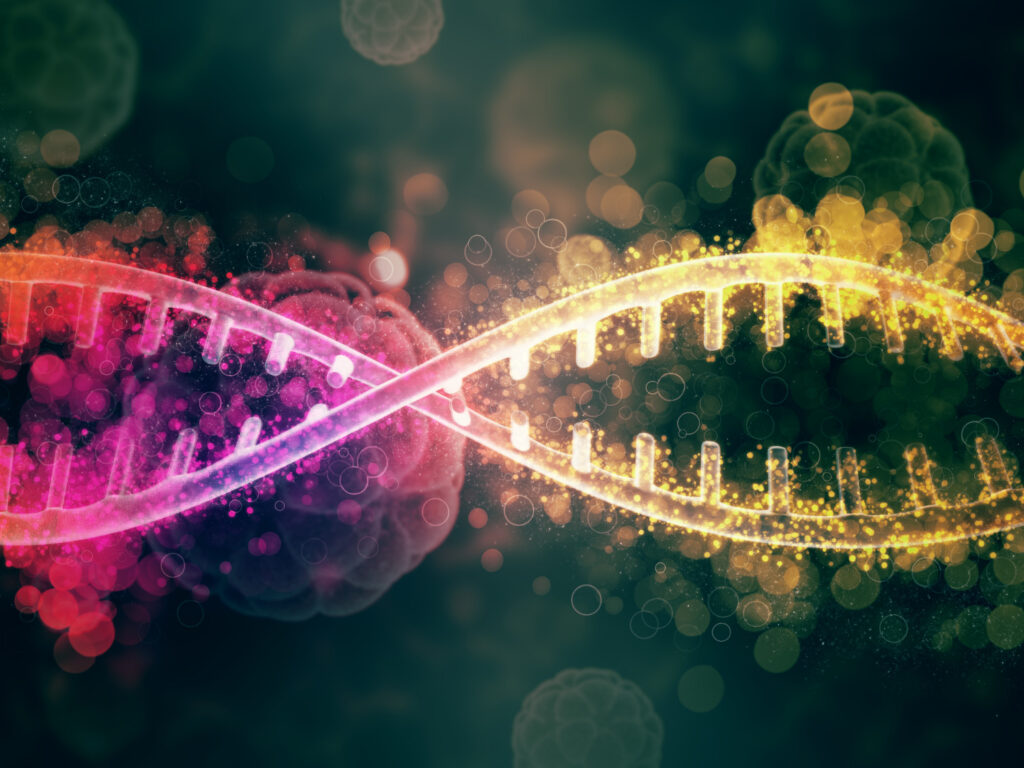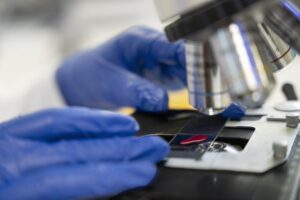CRISPR–Cas9 and genetic editing: how it can cure genetic diseases through inherited epigenetic modifications

La tecnología CRISPR-Cas9 permite editar el ADN con precisión, abriendo la puerta a tratamientos personalizados y potencialmente curativos para enfermedades hereditarias.
Genetic editing has advanced enormously in recent decades, and one of the most promising developments in this field is the CRISPR-Cas9 technology. This innovative system allows for precise modifications in DNA, opening the door to the cure of genetic diseases that until now had no treatment.
The CRISPR-Cas9 system comes from a natural defense mechanism in bacteria, which use this system to defend themselves against viruses. It is composed of two key elements: CRISPR, a repetitive DNA sequence that stores fragments of viruses, and Cas9, a protein that cuts DNA. In genetic editing, Cas9 is used to make specific cuts in DNA guided by an RNA sequence that directs the protein to the desired location. This ability to cut and modify DNA with such precision makes CRISPR-Cas9 a powerful tool in the treatment of genetic diseases.
One of the greatest advantages of this technology is its ability to modify inherited epigenetic modifications, meaning changes in gene expression that do not alter the DNA sequence but do affect how genes are read and expressed. This approach allows for the correction of genetic mutations and the restoration of normal gene function, which could result in a cure for many genetic diseases, such as sickle cell anemia, muscular dystrophy, or cystic fibrosis.
Inherited epigenetic modifications: a new frontier for the cure of genetic diseases
Inherited epigenetic modifications involve alterations in epigenetic marks, such as DNA methylation or histone modifications, which regulate gene expression without altering their base sequence. CRISPR-Cas9 offers a precise way to target these modifications, which could restore normal gene expression in individuals affected by hereditary genetic disorders. This ability to edit at the epigenetic level is not only limited to correcting mutations but can also help prevent the manifestation of genetic diseases before they develop.
For example, some genetic diseases are due to a dysregulation in the epigenetic markers that control the expression of certain genes. By modifying these markers, CRISPR-Cas9 could enable the genes responsible for genetic diseases to function properly. Additionally, this intervention could have lasting effects, as epigenetic modifications can be inherited by future generations, offering a long-term solution for the treatment of genetic diseases.
Clinical applications and ethical challenges of CRISPR-Cas9
The potential of CRISPR-Cas9 to treat genetic diseases is enormous, but there are still significant challenges in its clinical implementation. One of the main ones is ensuring that genetic modifications are made safely, without unwanted side effects. Off-target effects, in which CRISPR-Cas9 cuts incorrect regions of DNA, remain a concern, although the precision of the technology has improved significantly in recent years.
Furthermore, the ethical implications of using CRISPR-Cas9 are profound, especially regarding germline editing (that is, changes in DNA that are passed on to future generations). Although the potential to cure hereditary genetic diseases is significant, questions also arise about manipulating the human genome and the long-term consequences of these interventions.
It is essential that researchers, physicians, and regulators work together to ensure that CRISPR-Cas9 is used responsibly and safely. This includes rigorous evaluation of preclinical and clinical studies, and the implementation of ethical protocols that protect patients and society in general.
The future of CRISPR-Cas9 in personalized medicine
The development of CRISPR-Cas9 in the treatment of genetic diseases has the potential to open new avenues in personalized medicine. By being able to correct or modify specific genes according to the genetic characteristics of each patient, CRISPR-Cas9 allows for more effective treatments tailored to individual needs.
This technology not only promises to transform the treatment of genetic diseases but could also prevent the appearance of hereditary diseases through epigenetic modifications. As research and development of CRISPR-Cas9 advances, the possibilities of curing or mitigating a wide range of genetic disorders continue to expand.








